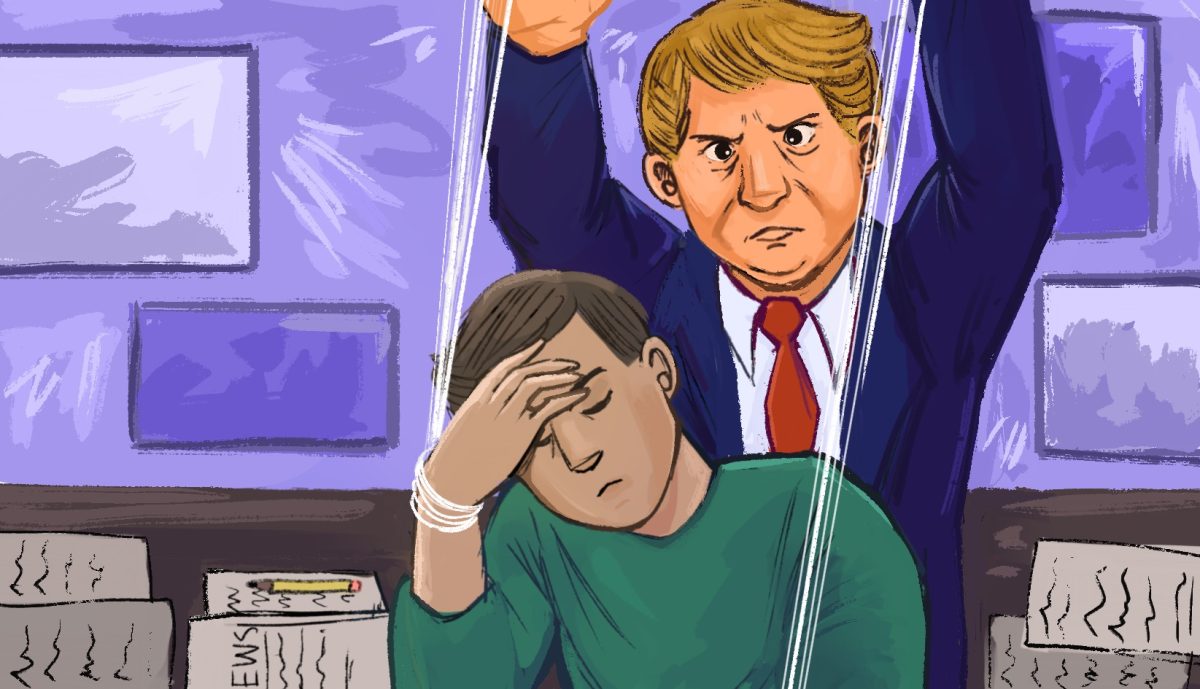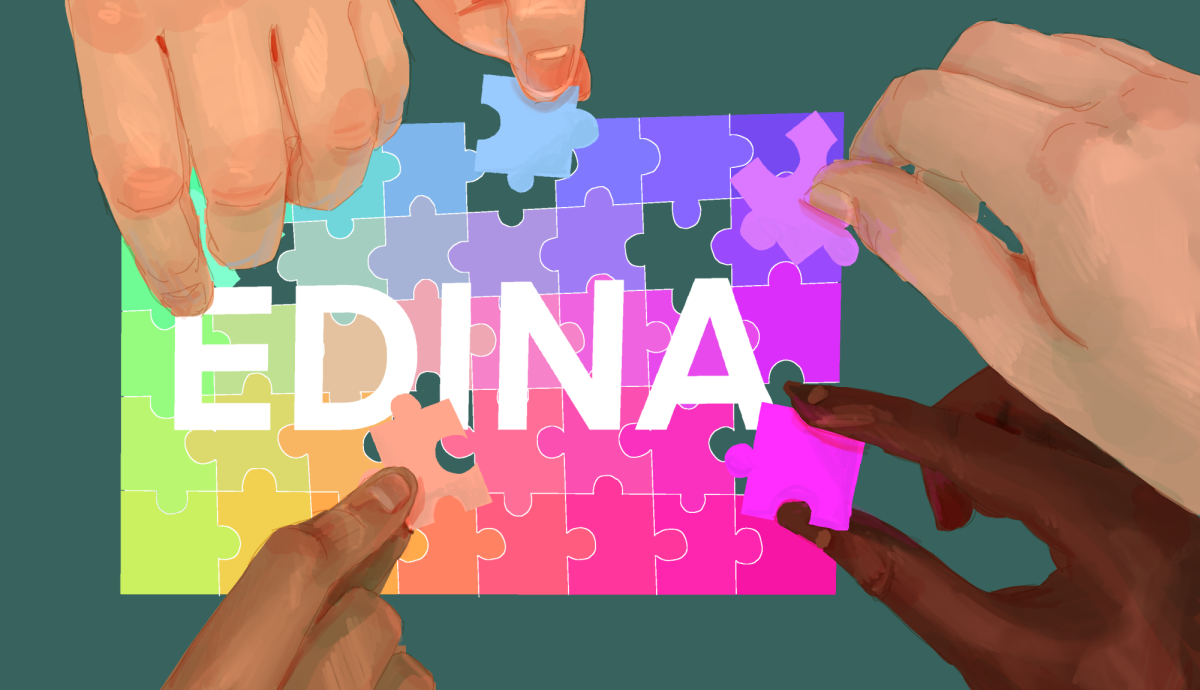Edina High School has a racial achievement gap on standardized exams. According to the Star Tribune, a report of last year’s math proficiency test taken by EHS students shows that 82% of white students were proficient in math compared to 24% of black students. In a published letter to the Star Tribune, Minnesotan James Tohal, put the blame for the gap on lazy parents and students. “A ‘good’ teacher can do little to make up for the effects of negligent parenting,” Tohal stated. In reality, the achievement gap is caused by centuries of racial oppression in American history and its present day effects.
First, standardized exams are generally created by upper middle class adults who are overwhelmingly white, according to Dorothea Anagnostopoulos, an associate professor of teacher education at the University of Chicago and critic of standardized exams. This alienates test-takers of color because they are unfamiliar with the white cultural references in the exams.
Additionally, the U.S. education system is structured for white students. The Pacific Education Group, an organization that instructs Edina teachers about race in the classroom, claims that white educational culture puts emphasis on independence, competitiveness, and punctuality. Based on white history, wealth equals worth, and formal English frames education systems. According to Jackie Roehl and Rachel Hatten, English teachers who also instruct other Edina staff about race, teachers often participate in ‘we-ing.’ We-ing is a word used to describe when teachers make a statement about a collective group. This collective group, in reality, includes mainly white people. Teachers fail to recognize that whiteness is in fact a racialized group; this results in the assumption that conforming all people to white culture is permissible since that culture’s norms are assumed to be standard norms for everyone in U.S. society.
Students of color often feel closely connected with their dialect of English, such as Ebonics or Chinglish, because they have grown up with it, or their families use it to display affection. These dialects, however, are not recognized by the educational system. Therefore, traditions that students of color identify with are disrespected and disregarded in schools. “Language is very fluid; it’s constantly changing and negotiating and, thus, becomes inextricably tied to power,” said Ms. Hatten. As a result, many members of cultural groups realize that no matter how hard they work in school, their white counterparts will achieve more.
Finally, many teachers reflect biases prevalent in society. Some teachers, consciously or unconsciously, neglect or treat differently students of color. For example, students have reported to Ms. Roehl and Ms. Hatten that they often see a student of color who walks in late to class treated differently than a white student who walks in late. Detentions at EHS are largely given because of tardiness, a violation of white standards. Although this may be the result of subconscious racism, the problem is still prevalent. This can result in more frustration for students of color.
Edina is addressing the achievement gap with a class called STRIVE (Students Taking Renewed Interest in Education), taught by Heidi Howard. STRIVE does not place students in the class based on achievement or skin color. “It’s really about the student; they choose to make a change in their lives when they sign up for STRIVE,” Ms. Howard said. STRIVE is all about offering a class for students who may have strayed away from their academic path to get back on track. Students in STRIVE went through a competitive application process. This “puts students in an ownership position,” making the students more motivated. Eleven out of thirteen students are of color in STRIVE.
There are skeptics of classes like these, however.
“I think the class should be more diverse because colored kids ain’t the only ones struggling,” said Darius Swearegene, a senior at EHS.
Kenya Benson, a student in STRIVE, refuted this argument. “It doesn’t matter that a lot of the students [in STRIVE] are of color, because they all want to be there,” she said. STRIVE offers a holistic curriculum; students listen to speakers, have mentors, and participate in leadership and service activities. The class doesn’t just try to raise students’ scores, but provides them with important life skills.





